When Will Episode 8 of Ahs Be on Look-back

Television has changed a lot since its commercial introduction in 1938. And just as TV sets have morphed and changed over time, so have the programs, shows and movies that appear on them. Before 1948, there weren't even any good shows to watch on TV.
Still, the television shows we know and love today wouldn't exist without these innovative and courageous moments from television history. Some of these episodes were shocking, and some had us in tears. And a few changed the fabric of reality forever.
Star Trek – "Plato's Stepchildren"
Star Trek broke the mold in many ways. For one, it was one of the first massively popular science fiction television shows in America. But the episode "Plato's Stepchildren" is often considered one of the most groundbreaking of the entire series.
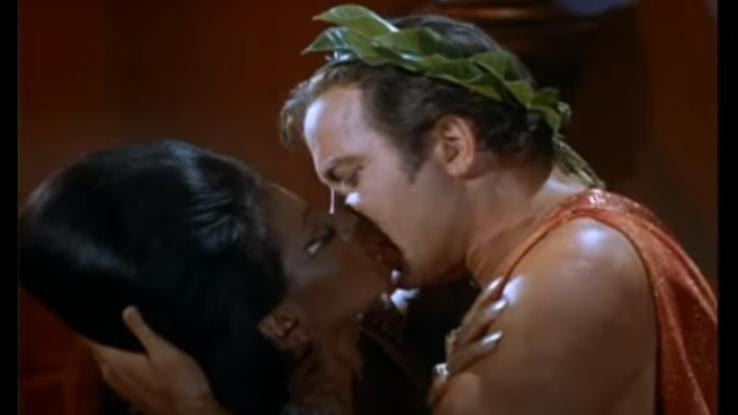
In this episode, which premiered on November 22, 1968, Captain Kirk (William Shatner) kisses Lt. Uhura (Nichelle Nichols). It was the first interracial kiss ever broadcast on U.S. television. Seeing people with different skin colors kiss each other is small potatoes now, but in the '60s, it was still a big deal.
Television was very different in the 1950s. On family sitcoms and dramas, parents and couples were always shown sleeping in separate twin beds. Showing anything sexual, including a pregnant woman, was strictly forbidden. So, when Lucille Ball became pregnant with her second child in 1952, CBS was furious.
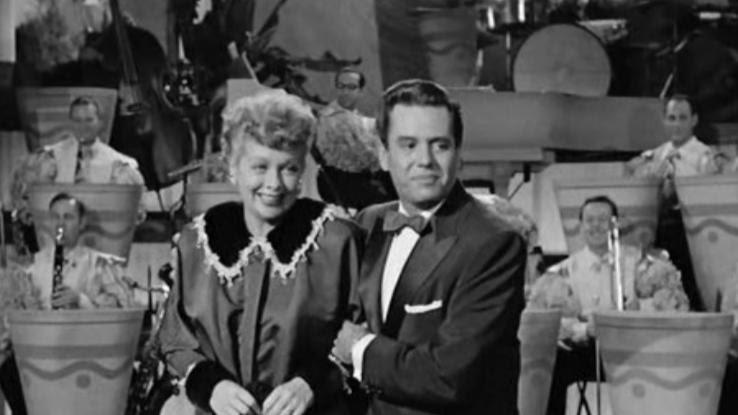
I Love Lucy was the station's most popular show, and executives were certain they'd have to cancel production to accommodate Ball's pregnancy. But she and her husband, Desi Arnaz, fought back and became the first real (and fictional) married couple to reveal a pregnancy on television. It was a marvelous moment!
M*A*S*H – "Abyssinia, Henry"
When M*A*S*H's season three finale aired on March 18, 1975, the entire tone of the show changed. Audiences were left shocked by the episode's final 10 minutes, and new fans and viewers still find themselves surprised by the finale.
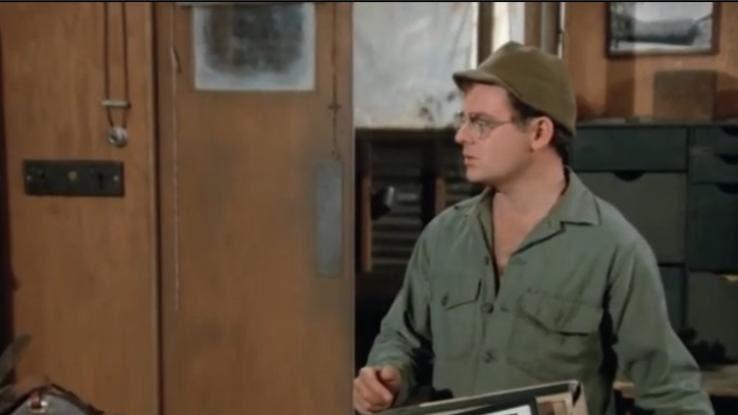
Radar (Gary Burghoff) enters the surgeon's tent while Trapper (Wayne Rogers) and Hawkeye (Alan Alda) trade jabs. Everything seems absolutely normal until Radar begins to speak. In a trembling voice, he announces some devastating news to the two. This moment left everyone speechless, and the silence that follows this statement is palpable, even today.
Roseanne – "Don't Ask, Don't Tell"
It's easy to say that Roseanne was one of the most controversial shows of the 1990s. Lead character Roseanne (Roseanne Barr) spoke her mind bluntly, crudely and sometimes offensively. Some viewers were impressed with the show's honesty and willingness to tackle difficult subjects. Others were appalled.
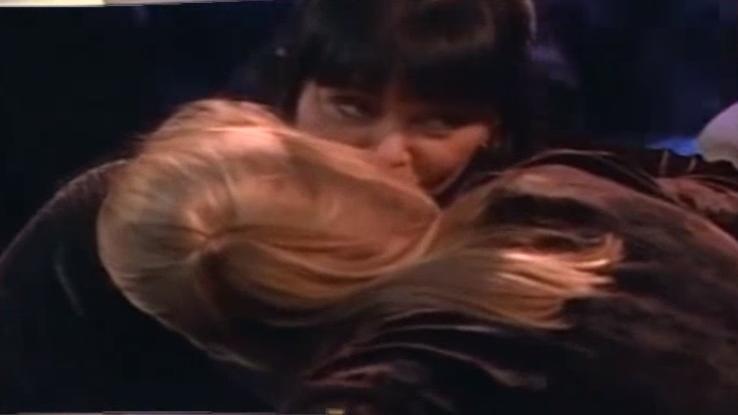
Such was the case with the 1994 episode, "Don't Ask, Don't Tell," when Roseanne decided to visit a gay bar. While there, a friend's girlfriend leans down and gives her a passionate kiss on the mouth. The network, fearing the loss of potential advertising income, attempted to permanently ban the episode but couldn't.
Ellen – "Puppy Episode"
The two-part "Puppy Episode" is unlike anything else ever broadcast. In it, Ellen Degeneres makes a brave and bold decision to come out and confess her true sexuality. Though she is in character, this decision was a very personal one for Degeneres, who immediately confirmed that she was, indeed, gay.
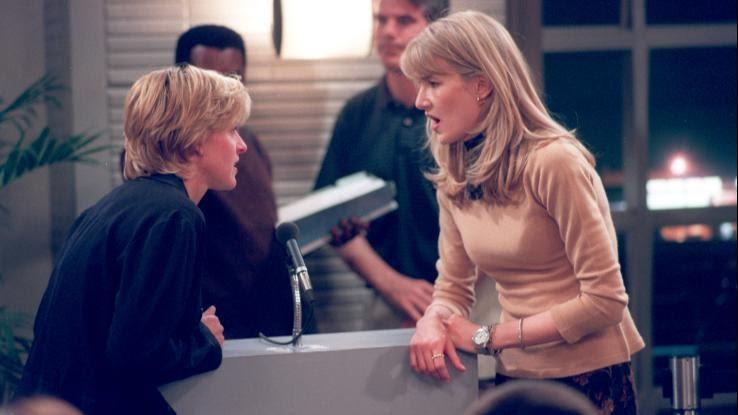
The hilarious way in which her character goes about confessing the truth is just as sweet as it is head-shakingly awkward. LGBT rights groups praised the "Puppy Episode," but mainstream audiences and the network couldn't recover. Ellen was canceled only a year later.
All in the Family – "Sammy's Visit"
Episode 21 of the second season of All in the Family is aptly named "Sammy's Visit." In it, racist Archie Bunker comes face to face with Sammy Davis Jr., whom he idolizes. The episode forces Archie to reexamine his views, and it was one of the first times that a celebrity guest-starred on a popular show.

This episode still can shock, warm the heart and make you laugh out loud. But what it did for society, and celebrity guest stars, will always be remembered. Besides, who can resist watching that kiss?
Twin Peaks – "Zen, or the Skill to Catch a Killer"
"Zen, or the Skill to Catch a Killer," also known as "Episode 2," is the third episode of the first season of Twin Peaks. If you know anything about David Lynch, it's that he has a very particular, very surreal style. Naturally, his involvement in the series resulted in plenty of odd and memorable moments.
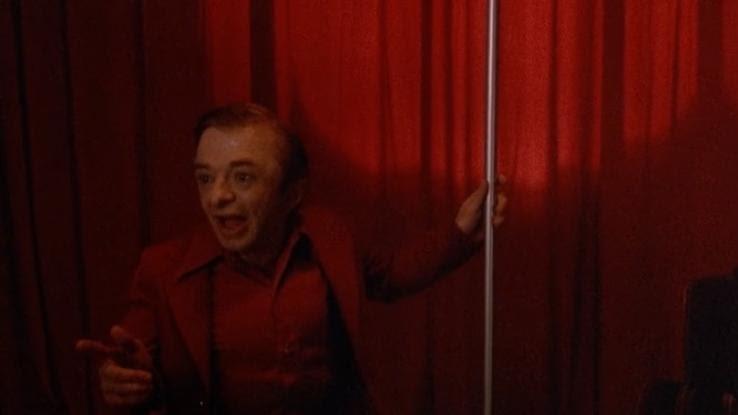
But the dreamy, unreal quality of "Zen, or the Skill to Catch a Killer" lured in audiences and influenced shows like The X-Files and Fringe. In 1990, this episode got people talking about the hidden, deeper meanings behind Twin Peaks.
Maude – "Maude's Dilemma"
"Maude's Dilemma" shattered just a little of the taboo surrounding abortion. This 1972 episode features its lead character, 47-year-old Maude, coming to terms with an unexpected pregnancy. She must make a decision about either keeping the child or having an abortion, and throughout the two-part episode, her turmoil is very real.
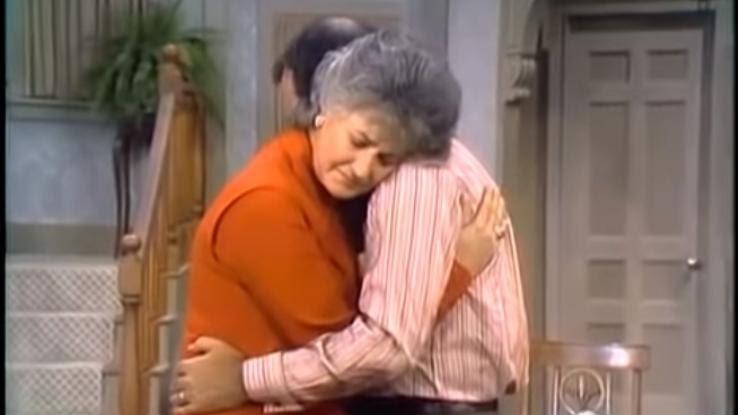
In the end, she does have an abortion. This shocked Catholic audiences and resulted in a huge backlash. Twenty-five CBS stations refused to air the reruns, making it one of the most controversial episodes in television history.
The Golden Girls – "72 Hours"
The AIDS epidemic shook the world and continues to take lives every year. When "72 Hours" broadcast in 1990, AIDS was on the rise in the United States. By 1994, nearly 2% of the U.S. population were dead or dying from AIDS or HIV. But this episode of The Golden Girls attempted to spread awareness early on.
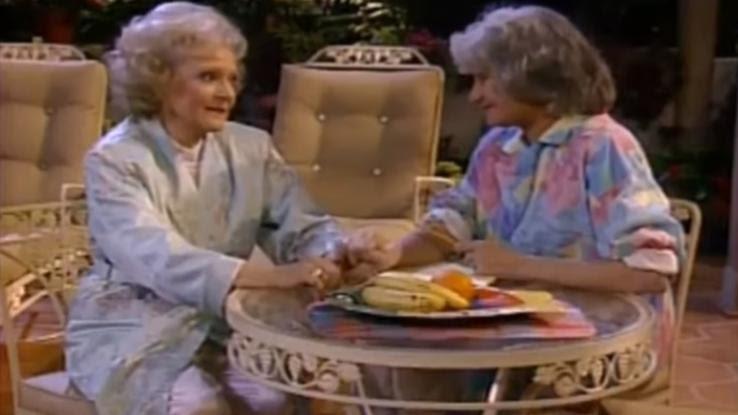
The name of the episode refers to how long it takes to receive an HIV/AIDS test result. During this time, the only thing a person can do is wait and attempt to assess their options. The show bravely tackled this terrifying experience.
Murphy Brown – "You Say Potatoe, I Say Potato"
The first episode of the fifth season of Murphy Brown is an absolute gem. It blurs the line between reality and television make-believe, with the lead character Murphy Brown (Candice Bergen) addressing real-life Vice President Dan Quayle's criticism of her character. Quayle had famously remarked that fictional Murphy Brown shouldn't be raising her fictional baby without a husband.
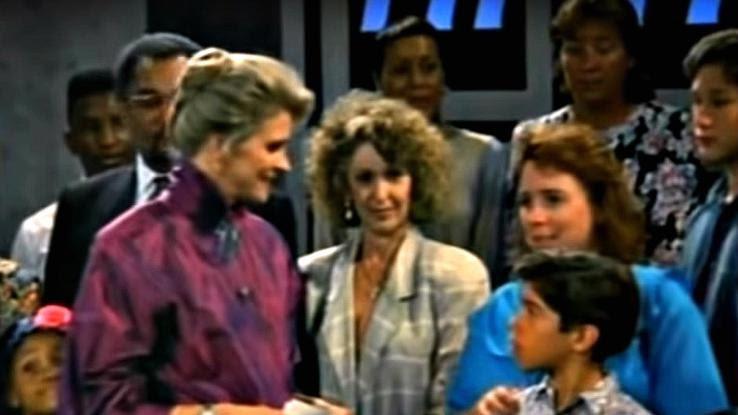
The decision to respond directly to this criticism, in-character, was a brilliant one. It not only made "You Say Potatoe, I Say Potato" one of the most unforgettable episodes in TV history, but it also broke the fourth wall between actors and audiences.
The Sopranos – "College"
Though it's sometimes difficult to remember, The Sopranos didn't start with heady gang violence. The first four episodes centered on Tony (James Gandolfini) and his visits to a psychiatrist. But episode five, "College," showed viewers their first real glimpse of why Tony needed psychiatric help in the first place.
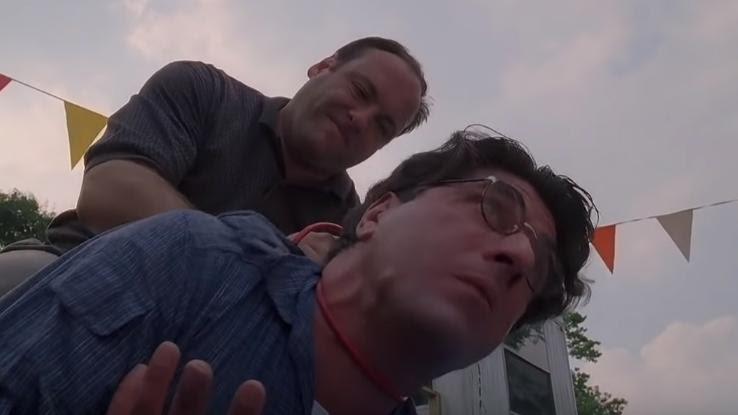
Just as with real-life gangs, The Sopranos lured audiences in with its unique and beautiful storytelling and allowed them to relax before asking the ultimate favor from them. "College" shocked a lot of people and is often considered the "true" beginning of the show.
Seinfeld – "The Chinese Restaurant"
If Seinfeld is a show about nothing, then "The Chinese Restaurant" is its hallmark episode. The 23-minute-long episode is a "bottle episode," which means that it takes place in a single location and doesn't have any scene cuts. The entirety of the episode centers around Jerry (Jerry Seinfeld), Elaine (Julia Louis-Dreyfus) and George (Jason Alexander) waiting for a table in a Chinese restaurant.
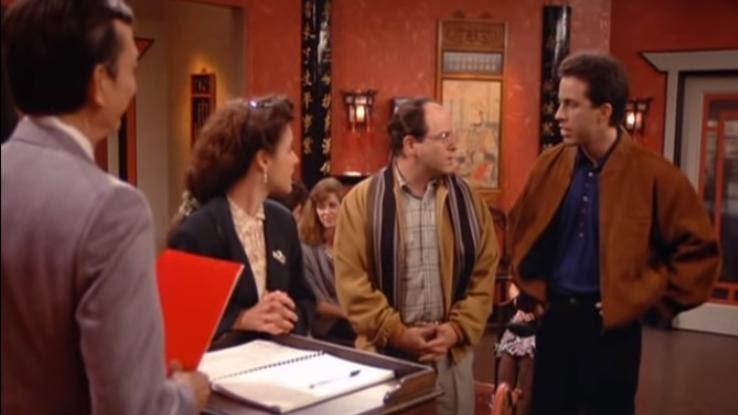
That's it. And yet, it's a marvelous slice of comedy gold. Without episodes like this, It's Always Sunny in Philadelphia, Arrested Development and Parks and Recreation probably wouldn't exist. We, as a society, truly owe Seinfeld for so much.
Lost – "Pilot"
The first episode of Lost, "Pilot," blew minds when it premiered on September 22, 2004. Rather than attempting to start things off slowly, Lost jumped into events from the first second, captivating viewers. Rather than attempting to show or explain how or why things were happening, they simply showed them happening.
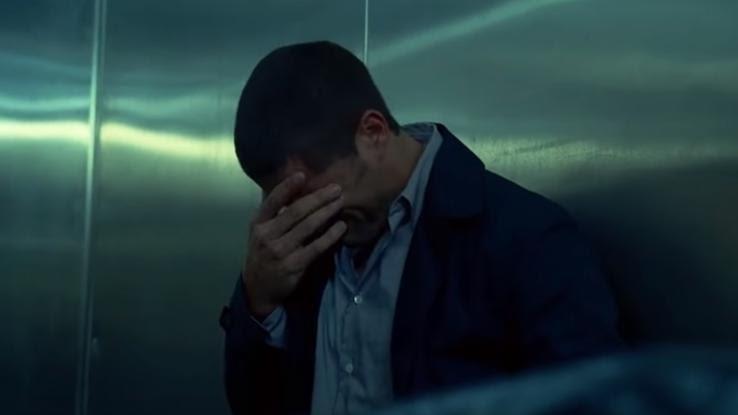
Audiences couldn't wait to see the next episode to find out more about the crashed airplane, the survivors and the creepy sound that came from the jungle. This first episode sets up the tone and chain of events for the next several seasons. It remains brilliant and innovative.
The Good Place – "Michael's Gambit"
The season one finale of The Good Place made some viewers cheer and others gasp. There had been some major hints at the series twist up to the final episode, and as sofa sleuths cheered about being right, polite disbelievers sat in a state of shock.
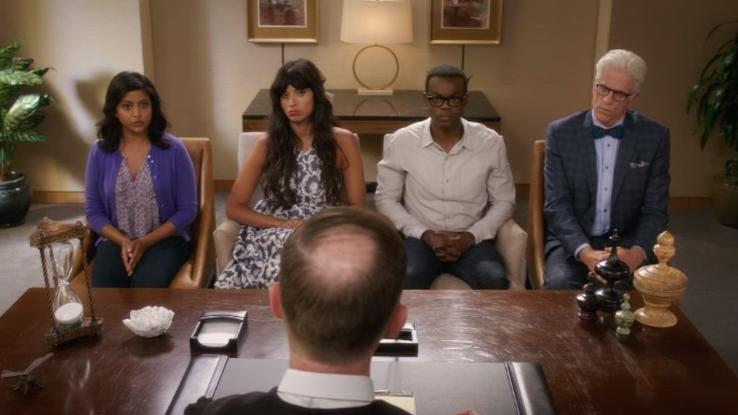
The twist made the show an instant hit, propelling it into the next several seasons flawlessly. The Good Place might now be over, but it will hold a special, good place in the hearts of viewers all around the world — probably, for all eternity.
Buffy the Vampire Slayer – "Once More, With Feeling"
Buffy the Vampire Slayer is one of the most iconic shows of the 1990s. Half monster story, half teenage drama and with plenty of self-referential comedy sprinkled in, the Joss Whedon show made young Sarah Michelle Gellar a star, nearly overnight. Most of the show revolved around fighting a great evil, exploring friendships and navigating relationships.
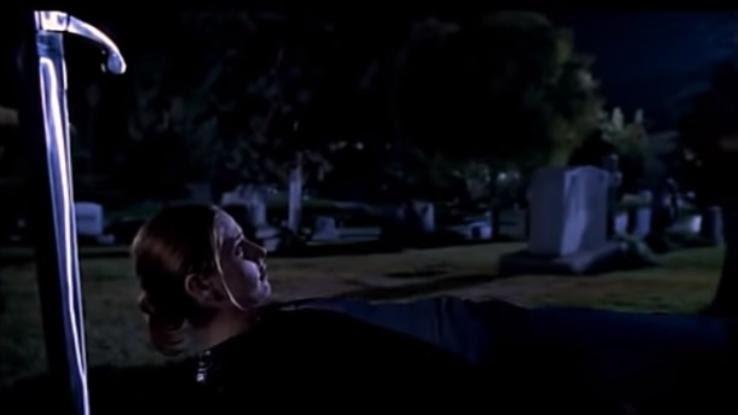
But the seventh episode of the sixth season stands apart. It's a 50-minute musical in the guise of a normal television show. It's everything you think it is, and more — dancing demons, a same-sex love story and a big kiss at the end!
American Horror Story – "Welcome to Briarcliff"
The first season of American Horror Story was well-advertised and extremely popular. But the season finale left audiences wondering how the writers would handle a second season. They had a novel answer for viewers that has proven to be extremely popular for the adult horror show.
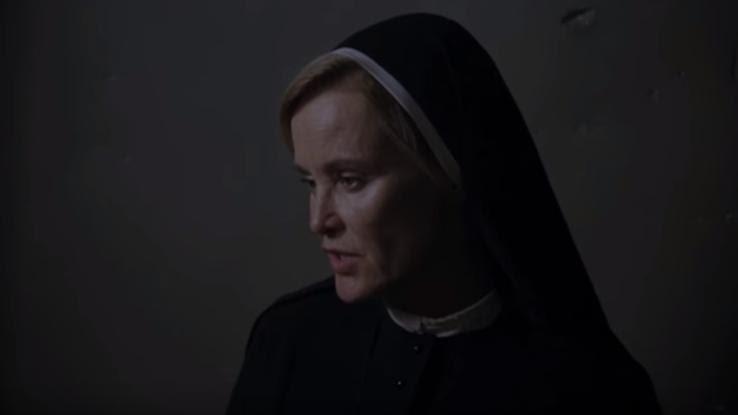
When the first episode of the second season, "Welcome to Briarcliff," premiered, it showed a completely different story and set of characters than the first season had explored. Since that time, each season has presented a different theme, keeping the show fresh and relevant. It's a brilliant idea that other shows could learn from.
The Office – "Dinner Party"
The Office may be one of the most successful prime-time comedies of the last two decades, though Friends gives it a run for its money. Still, it's difficult to find a more bizarrely awkward, charming, frustrating and loveable show. The episode "Dinner Party" is a perfect example of why audiences still re-watch The Office again and again.
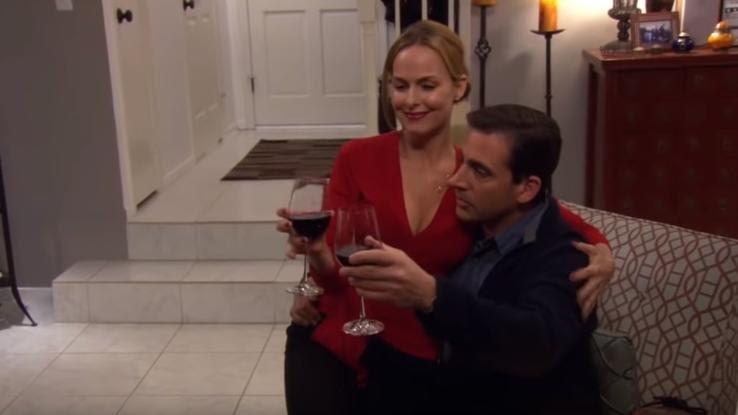
Michael Scott (Steve Carell) tricks his coworkers into participating in a dinner party at his home, a condo he shares with girlfriend Jan. The tension between Michael and Jan builds and builds throughout the evening, resulting in an unforgettable explosion.
Game of Thrones – "Baelor"
The finale episode of HBO's Game of Thrones is still shocking to watch, even now. Eddard Stark (Sean Bean) is a likable, honorable character, and it's easy to root for him. But Stark's fate hangs in a delicate, dangerous balance for the majority of the first season, until it reaches a dramatic conclusion.
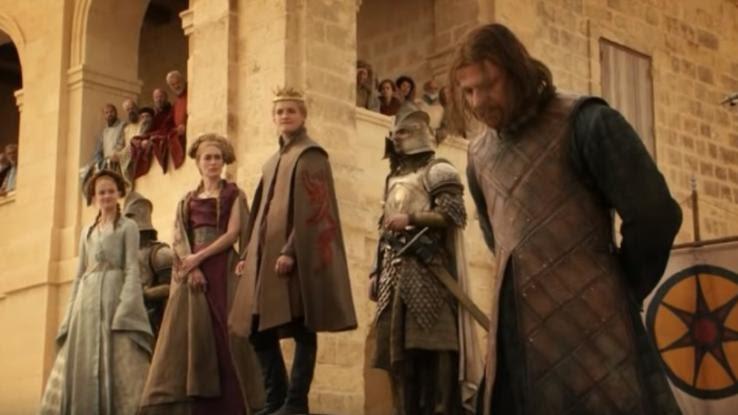
Game of Thrones shattered expectations, and in doing so, it gained a massive mainstream audience. However, viewers should have known better when watching the first season's finale. After all, (spoiler alert) Sean Bean has the bad luck of playing the character who always dies.
St. Elsewhere – "The Last One"
Sometimes, a show's series finale is well-loved, beautifully written and perfectly executed. Other times, it alienates the entire audience. When it comes to the final episode of St. Elsewhere, the latter happened. Audiences felt cheated when it was hinted that the events of the entire show were a dream or a daydream.
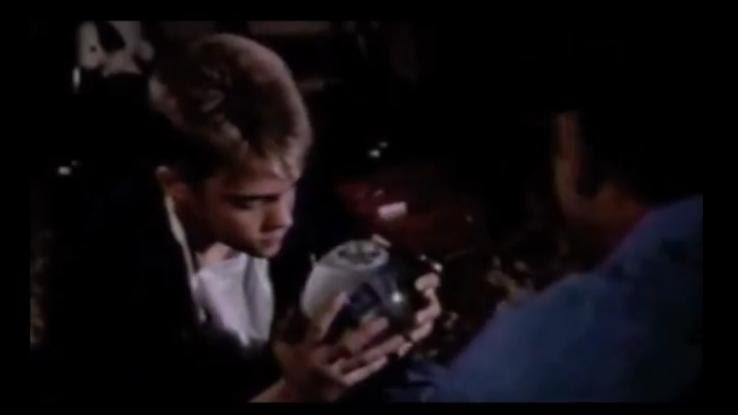
This trope has been referenced in many shows, and writers and producers learned a huge lesson in how not to end a show. Ending a series this way will forever be seen as cheap, lazy and downright disappointing.
South Park – "Trapped in the Closet"
South Park is known for generating controversy. Some would say that controversy is what the show aims for. But "Trapped in the Closet" pressed a lot of buttons in the Scientology community. It also featured commentary about Tom Cruise's sexuality, among other things.
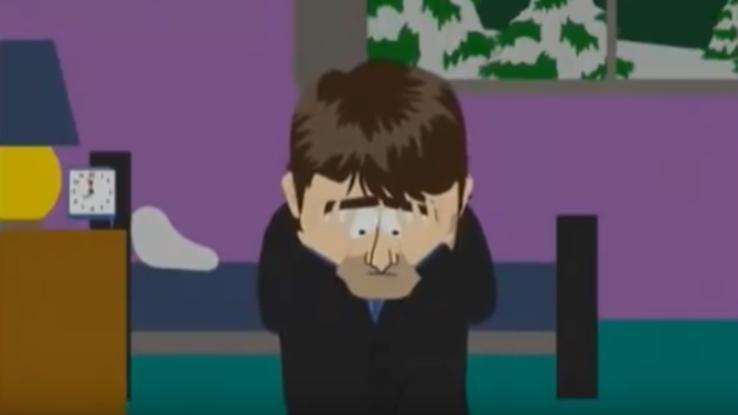
Still, the episode was celebrated by fans and the mainstream media, who respected the episode's willingness to attack Scientology and the teachings of L. Ron Hubbard. Scientologists, however, didn't seem so keen on being compared to cultists and tried to have the episode banned, with little success.
Mister Rogers' Neighborhood – "Conflict"
Fred Rogers sadly passed away in 2003. But during his time here on Earth, he made an unforgettable impression on the lives of millions of people. Mister Rogers' Neighborhood changed children's television programming forever and is still remembered fondly by more than three generations who grew up watching it.
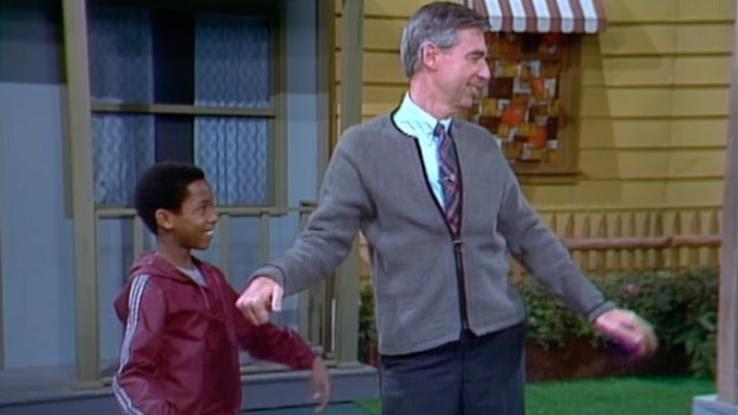
But season 14's premiere episode is uniquely remarkable. It's the first of a five-episode arc focusing on conflict. It ends with global peace. Rogers wrote the episode in response to the telefilm, The Day After, which realistically depicted what would happen in a nuclear war with the Soviet Union.
The X-Files – "Home"
The X-Files is a beloved and classic television show for several reasons. But perhaps the most notable thing about The X-Files is how it managed to change the lives of millions of Americans during the 1990s. The show took a niche genre and turned it into a mainstream cultural phenomenon.
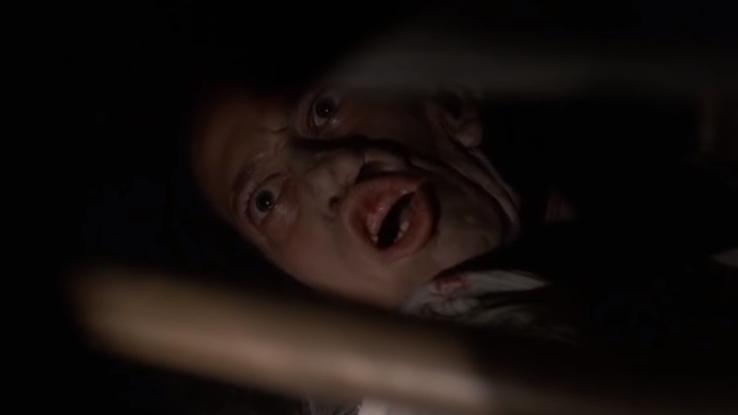
Dana Scully (Gillian Anderson) inspired a generation of young women to pursue higher education in science, engineering and mathematics. She also helped to popularize home computers and the internet! The show's formula (monster-of-the-week episodes/main story-arc episodes), became the basis for shows like Buffy the Vampire Slayer and Charmed.
Malcolm in the Middle – "Bowling"
This 2001 episode of the beloved family sitcom Malcolm in the Middle did something brilliant. It used a split-screen storytelling mechanic to tell two stories at once. Both stories seemed to interact with each other perfectly, to significant comedic effect.
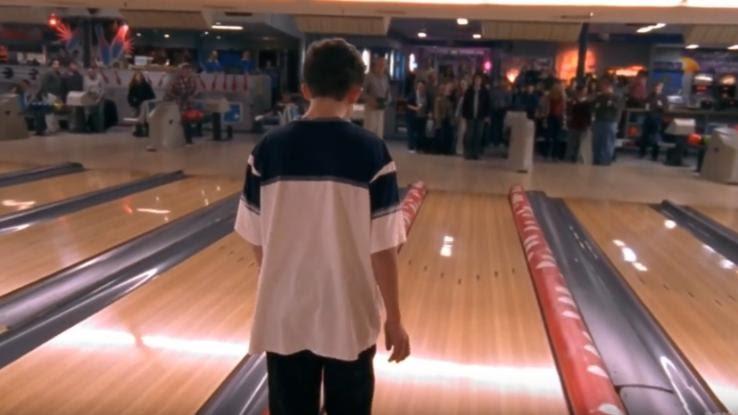
Other early-2000s sitcoms such as That '70s Show would use this device often and become known for it. But "Bowling" does split-screen so well, it's possible that That '70s Show was emulating that episode. If so, they couldn't have picked a better, funnier episode to mimic. It's beautifully choreographed yet painfully awkward.
Cheers – "Showdown, Part 2"
While dramas and mysteries incorporated cliffhangers into their finales to keep audiences glued to their sets, sitcoms of the early 1980s were pretty tension-free. This all changed when "Showdown, Part 1" and "Showdown, Part 2," the two-part season one finale of Cheers, aired in 1983.
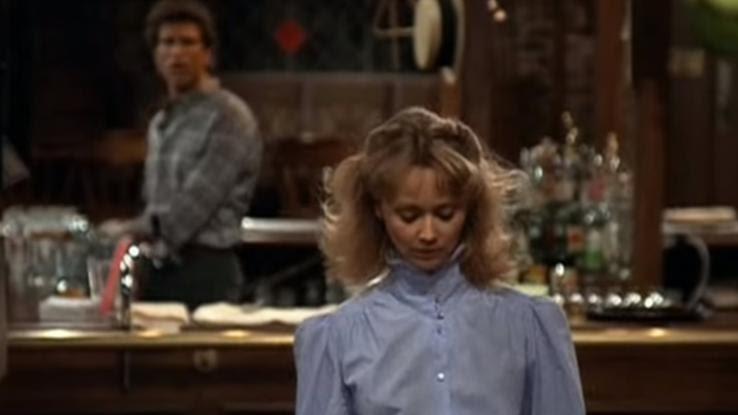
Audiences had been waiting and hoping for Sam (Ted Danson) and Diane (Shelley Long) to get together, and it seemed like they might at the end of "Showdown, Part 1." But the long-awaited kiss didn't come until the second part, leaving audiences feeling both relieved and excited for season two.
Futurama – "Jurassic Bark"
Futurama may have ended in 2013, but it's still lauded as one of the smartest, funniest and most touching animated series ever produced. In the episode "Jurassic Bark," Fry discovers the preserved remains of his faithful canine companion, Seymour.
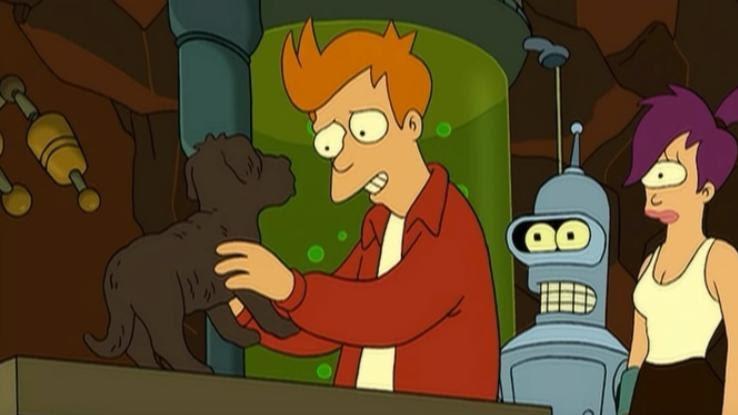
Without giving too much away, let's say that this episode can make a grown man cry. Even the most hardened and unemotional person is liable to break down into tears. It proved that an animated series for adults could be much more than dirty jokes. It was such a sensational and emotional episode that it was even nominated for an Emmy.
The Fugitive – "The Judgement"
Have you ever watched the first season of a brilliant show, only to find out that it was canceled and there will never be more episodes? Well, in the early days of TV, pretty much every show was canceled or discontinued after the first season. That is, until The Fugitive.
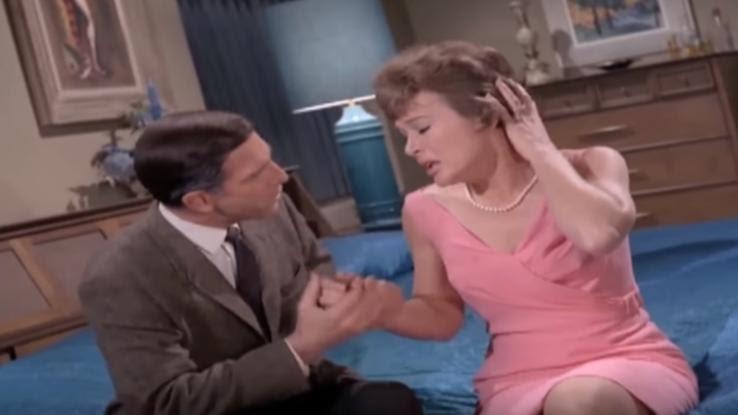
This show set the tone for decades to come. The series finale was so well-written, acted and filmed that audiences hailed it as the best show ever produced. Its success changed the way that producers and executives handled their pitches and series, allowing for smarter, longer-running shows.
NYPD Blue – "Nude Awakening"
The pilot episode of NYPD Blue generated an astounding amount of public outcry when it first aired in 1993. There was strong language, violence and a whole heap of sexuality. But it was sex that became the issue for the FCC — and some viewers.
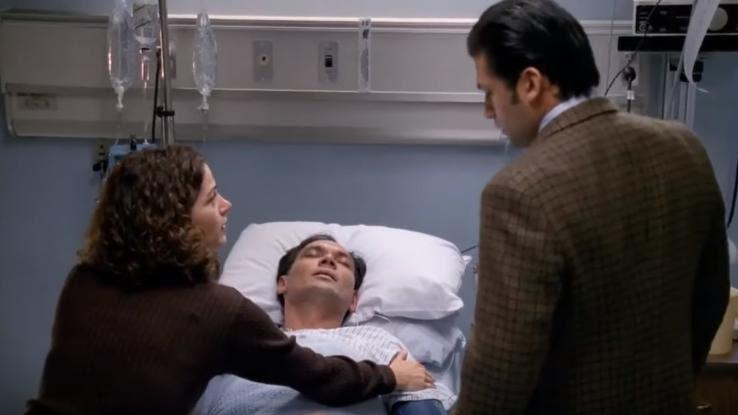
While there was nothing in NYPD Blue that could hold a candle to sex scenes in modern television shows like Game of Thrones, one episode of NYPD Blue does show a bare female bottom for a few seconds. This isn't too scandalous by today's standards, but that's because shows like NYPD Blue paved the way.
Dragnet – "The Human Bomb"
Even if you know very little about the film and television industry, you probably know that the majority of TV shows and movies are produced and filmed in Los Angeles, California. Back in the 1950s, this wasn't always the case. But when Dragnet premiered in 1951 with "The Human Bomb," everything changed.
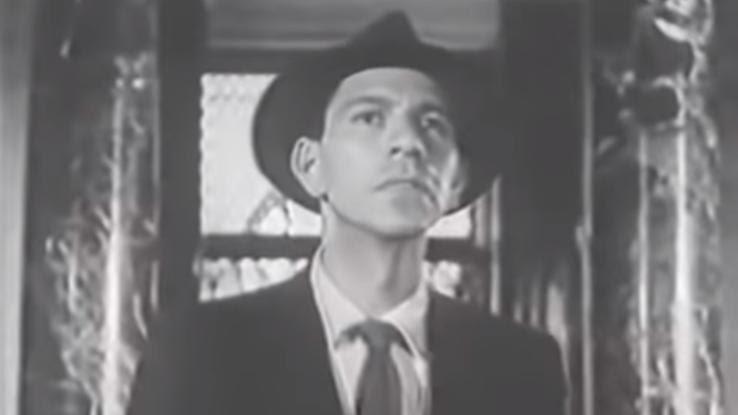
The show followed the lives and cases of the LAPD, and it did so in a way that audiences weren't expecting. Every scene is dramatic, well-crafted and full of noir angst. Without Dragnet, shows like CSI and Law & Order might never have been created.
Dallas – "A House Divided"
Cliffhangers are pretty much expected in a season finale. But Dallas' season three finale may be the reason why. It ended on a massive cliffhanger that drove audiences wild in 1980. The phrase "Who shot J.R.?" originates from this unforgettable episode.
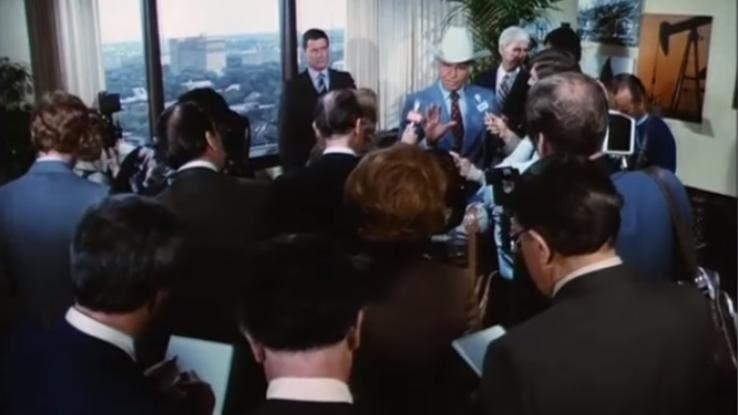
Viewers had to wait eight whole months for the answer to that question, and once the mystery was solved, interest in the series dramatically dropped. This encouraged future scriptwriters to add a cliffhanger to every season finale, knowing that audiences would gab and gossip about the possible outcomes while waiting for the new season.
Breaking Bad – "Felina"
Breaking Bad transformed the way that people watch television, and in more ways than one. The series finale, which broadcast on September 29, 2013, had 10.28 million viewers. It is often called "the greatest series finale of all time."
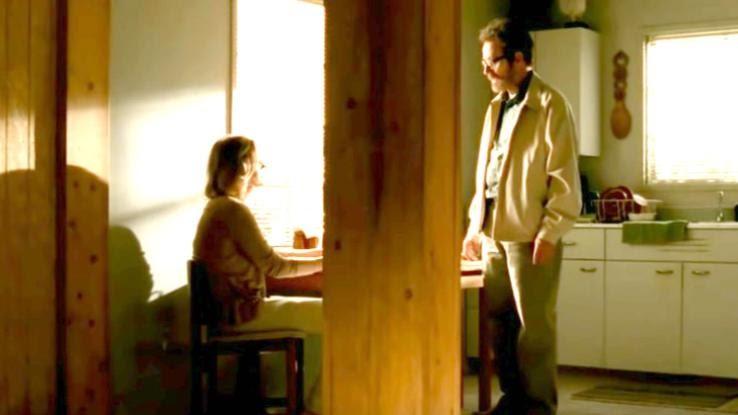
Breaking Bad appealed to a broad audience base and showed just how fantastic a show could be when it takes its time with plot and character development. It also features some of the most in-depth character arcs of any modern drama. Breaking Bad helped to popularize anti-heroes, paving the way for a new generation of unlikely television heroes.
MORE FROM SIMPLI
When Will Episode 8 of Ahs Be on Look-back
Source: https://www.simpli.com/pop-culture/classic-episodes-changed-tv-forever?utm_content=params%3Ao%3D740008%26ad%3DdirN%26qo%3DserpIndex
0 Response to "When Will Episode 8 of Ahs Be on Look-back"
Post a Comment